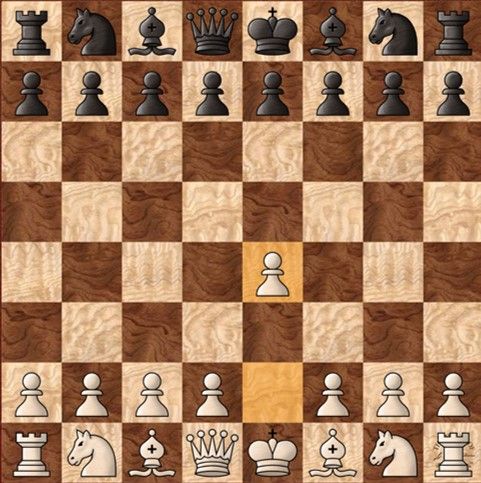“Mainline chess openings require lots of study time, which I could use to work on other parts of chess. I’ll choose sidelines instead.”

The craziest opening in all of chess? Starting position of the Botvinnik Variation of the Semi-Slav in ChessBase.
It’s a common argument, but a misconception. There’s a difference betwen mainline and cutting-edge. Mainlines are commonly played by grandmasters but can be strategic in nature and not rely on “crazy” lines. Cutting-edge theory on the other hand can be very sharp and is often based on engine preparation by Stockfish and others.
Mainline Example
True, there’s rarely one mainline per opening. Take the popular Najdorf Sicilian (1.e4 c5 2.Nf3 d6 3.d4 cxd4 4.Nxd4 Nf6 5.Nc3 a6):
The moves 6.Be3 (6.f3 is similar), 6.Bg5, 6.Be2, and 6.Bc4 are definitely mainlines, all of which have different branches. One could argue that 6.h3 and 6.g3 are nearly mainlines as well. Then of course moves like 6.f4, 6.Nb3 and even 6.h4 are not to be ignored. Surely only professionals should wade into these waters?
I’m far from a professional, and I used to play the Najdorf with success. Even this, one of the most infamous mainline chess openings, is very concept-based. That’s because there are only two main structures for black. The d6-e6 center:
And the d6-e5 center:
In these, black’s piece placements don’t change that much. Not only that, a Najdorf player can completely avoid the second structure based on the variations they choose.
At first, you’ll have to memorize variations and play through a bunch of games to understand what’s going on. Yes, more than you would if playing a sideline. But after a little while, there are few surprises. Even enemy “preparation” can’t neutralize your understanding; at best it can give you specific tactical questions to answer.
Choose WIsely
Which brings me to my next point. If you play something wild in the Najdorf like the Poisoned Pawn Variation (6.Bg5 e6 7.f4 and now 7…Qb6)
Expect fireworks and nasty home-cooked surprises!
But as far as I know, the old line beginning with 7…Nbd7 8.Qf3 Qc7 9.0-0-0 b5 is still playable
In my opinion this is the Najdorf line where you need to remember the most specifics, and it’s not so bad. Of course, there’s no requirement to play the Najdorf Variation, or any Sicilian, but I wanted to show an extreme example.
Remember: there’s a difference between mainline and cutting-edge. Just avoid the latter if you don’t have the necessary time, memory, or study habits!
Okay, what’s the alternative?
Players who aim for sidelines in most or all of their games understand that they can expect less out of the opening. On the other hand, their opening repertoires are lower-maintenance.
But are they making their lives more difficult in the middlegame? I say yes.
Let’s take one of the most popular sidelines today, the London System, which traditionally begins 1.d4 d5 2.Nf3 Nf6 3.Bf4:
White usually follows up with, in some order, c3, e3, Nbd2, Bd3, and 0-0.
It’s a trap!
White can almost close his or her eyes and play these moves, but what can black do? Actually, a lot. For example:
- The light-squared bishop can go to f5 or g4 on the kingside, or to b7 or a6 on the queenside.
- The dark-squared bishop can go to d6, e7, or g7.
- The Nb8 can go to c6 or d7.
- The Nf6 can stay where it is, go to h5 to attack white’s Bf4, jump to e4, or even d7 if black aims for an …e5-advance.
- The queen can go to a5, b6, c7 if safe, d6 after a bishop trade there, or e7. Did I forget any?
- The b-pawn can stay on b7 or go to b6 for …Bb7 or …Ba6.
- The c-pawn can go to c6 or c5.
- The e-pawn can stay on e7, go to e6, and maybe even go to e5.
- The g-pawn can stay on g7 or go to g6 for a fianchetto.
- And plenty of these options can be combined!
This seems like a lot more study to me! If you don’t want to study at home, you’ll have to study at the board! My advice: play mainline chess openings!
